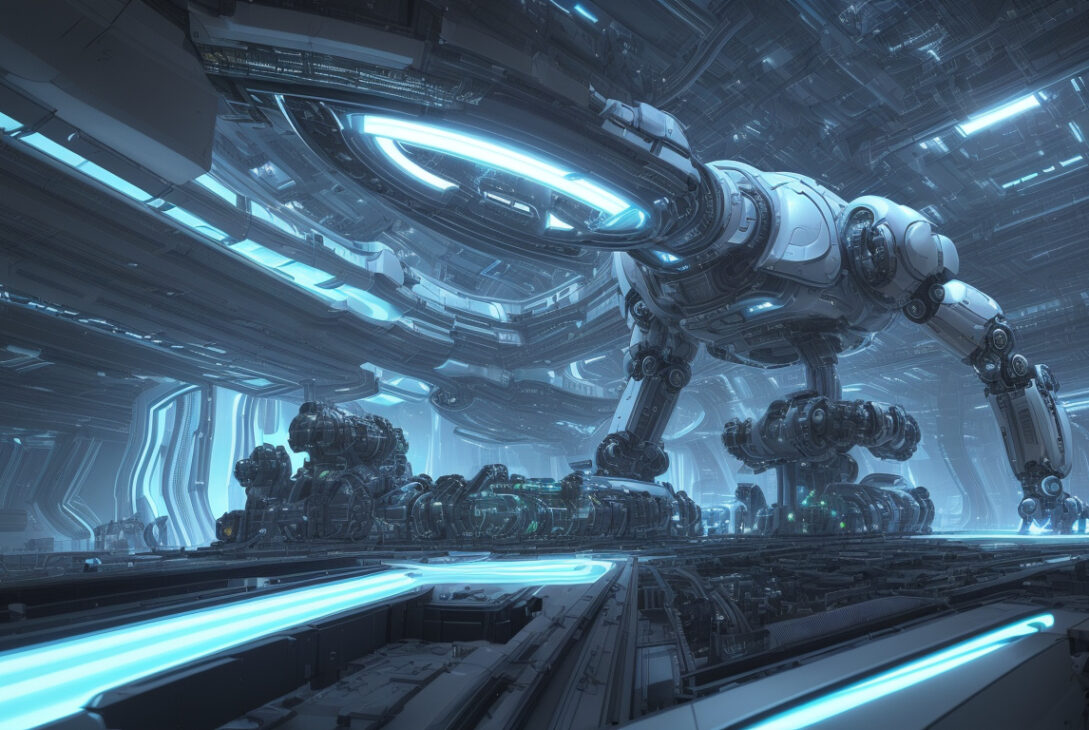China’s Robot Arm Lifts 60 Tons with Unmatched Precision, Ushering New Era in Fusion Reactor Technology
September 25, 2025 — By Noah Bennett
China has unveiled a groundbreaking robotic arm system that can lift an astonishing 60 tons with extraordinary precision, marking a major milestone in fusion reactor technology and maintenance. This advancement not only pushes the boundaries of engineering but also signals China’s growing influence in the global pursuit of sustainable, clean energy solutions through nuclear fusion.
Precision Meets Power: A Technical Breakthrough
The newly developed robotic system is part of China’s ambitious “artificial sun” project aimed at harnessing fusion energy — a clean and virtually limitless power source. During rigorous testing, the robotic main arm demonstrated a vertical lifting accuracy within 3 to 4 millimeters, an impressive feat considering the immense weight involved.
Adding to this capability, two accompanying smaller arms showcased an unprecedented precision with positional accuracy returning to within ±0.01 millimeters. This combination of heavy-duty strength and near-microscopic accuracy sets new standards for remote handling technology in fusion energy development.
Such precision is crucial for maintaining the harsh environment inside fusion reactors. Components such as the cladding and divertor endure extreme conditions, including intense heat and radiation. Efficient and safe maintenance of these elements requires robotic systems capable of executing tasks that surpass manual operations—both in terms of safety and accuracy.
China’s robotic arm technology dwarfs similar systems elsewhere; for instance, Mitsubishi Heavy Industries in Japan developed robotic arms designed for fusion reactor maintenance but with a maximum load capacity around two tons—far less than China’s 60-ton powerhouse.
The CRAFT Project: Beyond Fusion Reactor Maintenance
This cutting-edge robotic arm system stems from the China Remote Advanced Fusion Technology (CRAFT) project, which is geared toward revolutionizing how future nuclear fusion reactors are serviced and maintained. Besides operational upkeep, the system’s precision and strength lend it potential for broader industrial uses.
Pan Hongtao, a lead researcher on the project, emphasized that beyond fusion facilities, this robotic technology could be adapted for critical nuclear power plant inspections and aerospace industry developments. The technology’s capacity to handle massive loads with meticulous precision is poised to transform high-stakes sectors where safety and reliability are paramount.
Implications for Global Fusion Energy Race
China’s stride in robotic handling technology arrives amid a competitive global race to develop fusion reactors that can provide scalable, carbon-free energy. The country is an active partner in international collaborations, contributing its advancements to global fusion projects such as ITER and other experimental reactors.
The success of this robotic arm system amplifies China’s position as a frontrunner in the fusion energy domain. It also raises the bar for other nations and companies striving to master the intricate challenges inherent in fusion reactor maintenance.
The Future of Clean Energy and Robotics
The fusion energy field demands innovative engineering solutions capable of enduring the punishing environments inside reactors while ensuring operational safety and efficiency. China’s new robotic arm system exemplifies how cutting-edge robotics can meet these demands, potentially accelerating fusion energy’s transition from experimental setups to commercial viability.
Moreover, the crossover potential of this technology to other industries reflects a growing trend: advanced robotics designed for extreme precision and heavy lifting may reshape sectors far beyond energy — from nuclear safety to aerospace manufacturing.
Summary of Key Highlights:
- China’s robotic arm can lift 60 tons with a precision of ±0.01 millimeters.
- Developed under the CRAFT project, focusing on fusion reactor maintenance.
- Surpasses existing technologies, notably Japan’s two-ton capacity robotic arms.
- Potential applications extend to nuclear plant inspections and aerospace industry.
- Strengthens China’s role in international fusion energy collaborations.
As the world aims to mitigate climate change and transition to sustainable energy, China’s robotics breakthrough could be a pivotal step toward realizing safe, efficient, and clean nuclear fusion power — a goal that, if achieved, may profoundly reshape the global energy landscape forever.
Connect with Us:
Stay informed on the latest in energy innovation and technology breakthroughs by subscribing to our newsletter.
Follow us on Twitter, Facebook, LinkedIn, and more for daily updates.
Noah Bennett covers energy and technology advancements globally.










